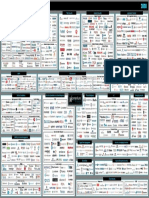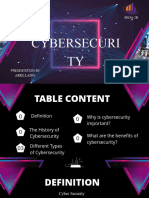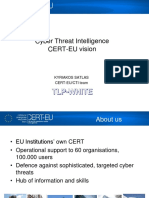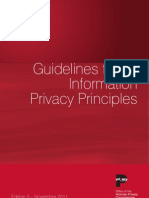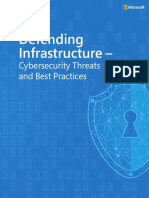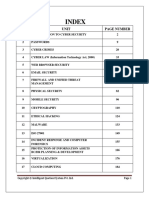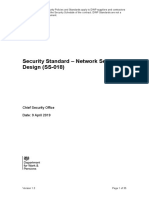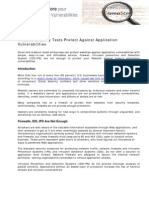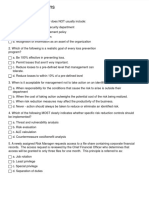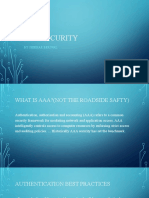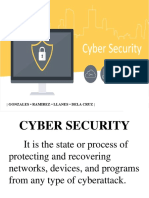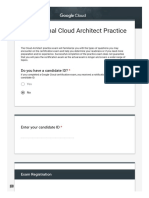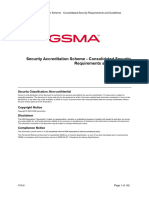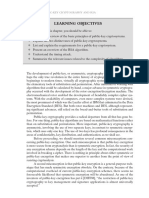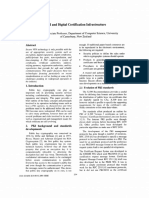0% found this document useful (0 votes)
229 views17 pagesFinal Project
This document discusses physical security and cryptographic techniques that can be implemented on a health insurance company's network to improve security and comply with regulations like HIPAA. It recommends locking away critical systems, using CCTV, firewalls, and EAP authentication for wireless access. For cryptography, it suggests using hashing for data integrity, public key encryption for confidentiality, Kerberos for authentication, and a PKI. Areas storing sensitive data should use encryption at rest to protect data and comply with requirements for securing health information. Implementing these measures would help secure the network and sensitive user data.
Uploaded by
api-508435779Copyright
© © All Rights Reserved
We take content rights seriously. If you suspect this is your content, claim it here.
Available Formats
Download as PDF, TXT or read online on Scribd
0% found this document useful (0 votes)
229 views17 pagesFinal Project
This document discusses physical security and cryptographic techniques that can be implemented on a health insurance company's network to improve security and comply with regulations like HIPAA. It recommends locking away critical systems, using CCTV, firewalls, and EAP authentication for wireless access. For cryptography, it suggests using hashing for data integrity, public key encryption for confidentiality, Kerberos for authentication, and a PKI. Areas storing sensitive data should use encryption at rest to protect data and comply with requirements for securing health information. Implementing these measures would help secure the network and sensitive user data.
Uploaded by
api-508435779Copyright
© © All Rights Reserved
We take content rights seriously. If you suspect this is your content, claim it here.
Available Formats
Download as PDF, TXT or read online on Scribd
/ 17









